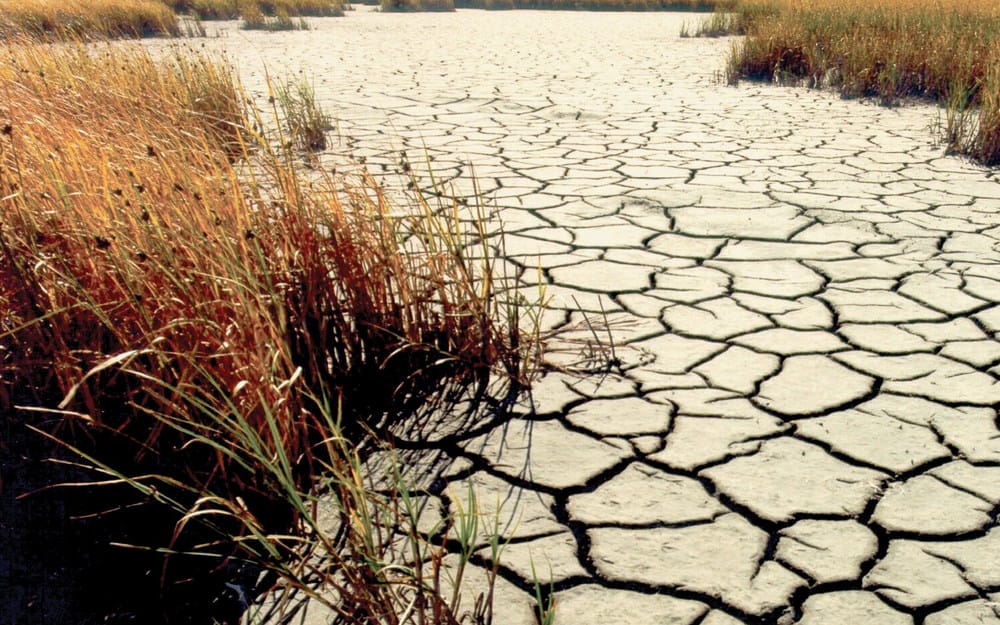The reality of migration
New research investigates the environmental links with migration

It is difficult to deny the existence of climate change when one points out the obvious effects it has already made on humanity. Coastal flooding, reduced rainfall in dry lands and water scarcity are common headlines in today’s news. Among the many effects that these phenomena may have, let us consider that of human migration.
In recent times human migration has not been given the best of reputations, with various nations enforcing policies designed to prevent it. However, experts have dared to suggest that migration in the face of environmental change may offer opportunities as well as challenges.
Many people across the globe already migrate for various reasons: to improve incomes, to escape persecution, to join family members, and to avoid environmental or other threats. Reports show that environmental factors are increasingly influencing migration. Moving to urban areas has become a common coping strategy in the face of flooding in countries such as Bangladesh. However, it may not come as a surprise that not everyone is able to migrate due to socio-political or economical factors. Conversely, it has also been found that people are as likely to migrate into places of environmental vulnerability as away from them. This decision is most often an ignorant one, where rapidly growing megacities that are considered areas of high flood risk, in coastal regions in Africa or Asia for example, continue to see new arrivals by the millions.
It is obvious that there are many interlinked factors involved in the movement of people across the globe. The point that academics are trying to stress is that migration may be the best plan of action for many people in the face of environmental change that threatens their livelihoods. To aide these attempts at survival it is necessary that countries acknowledge this fact and remove restrictions on movement as well as help build channels for it.
International policy makers should consider mechanisms for funding adaption to climate change through migration. Particular focus should be made to populations in low-income countries that are moving to or are trapped in urban areas that are vulnerable to environmental change. These priorities should be integrated in current plans for sustainable urbanisation, climate-smart development, conflict resolution and emergency preparedness. In addition, experts highlight a need for flood-control, water management, forecasting and warning capacities for growing urban populations. Other suggestions include the appointment of migrant communities to demographic deficits and labour shortages in potential host countries. A basic infrastructure is key to ease the relocation and settlement of these migrant populations in urban areas. As an increasing amount of attention is being paid to humanity’s influence on the environment, we must take care to respond accordingly to the impact of environmental change on both migrant and non-migrant communities. DOI:10.1038/456877a







